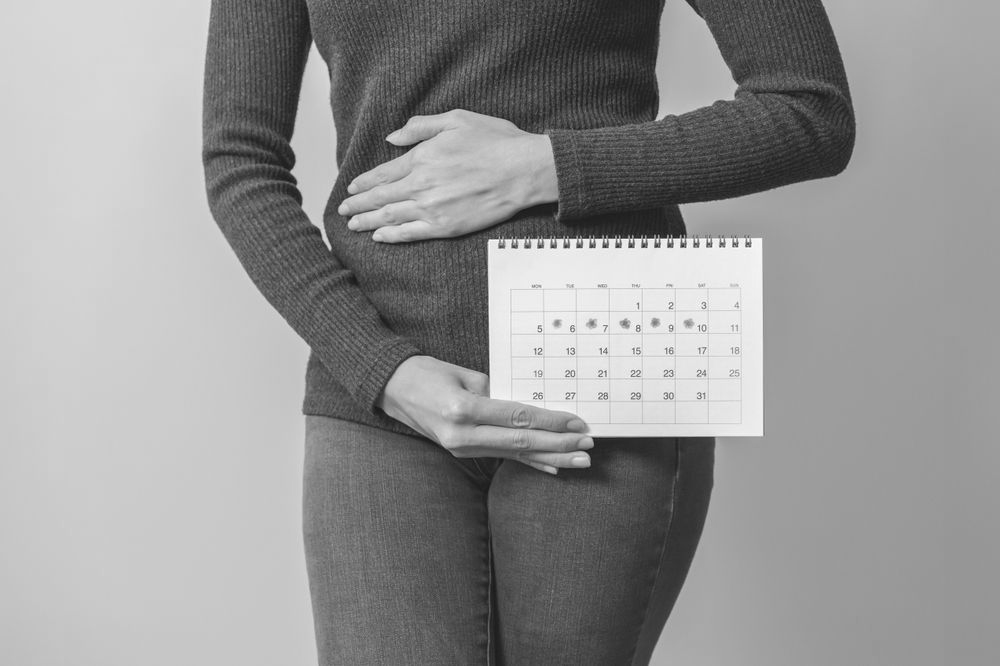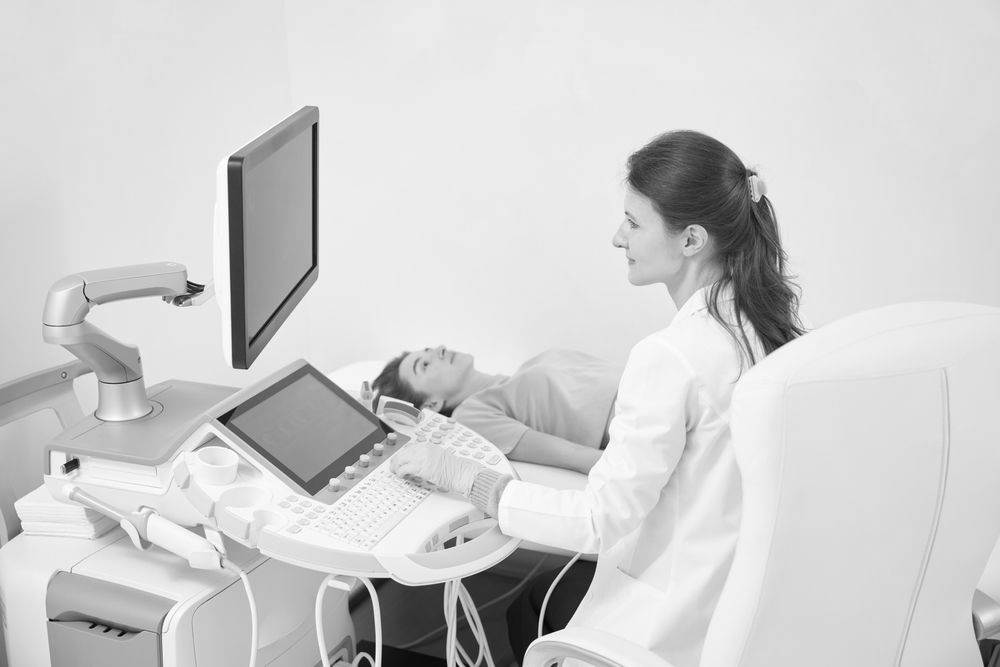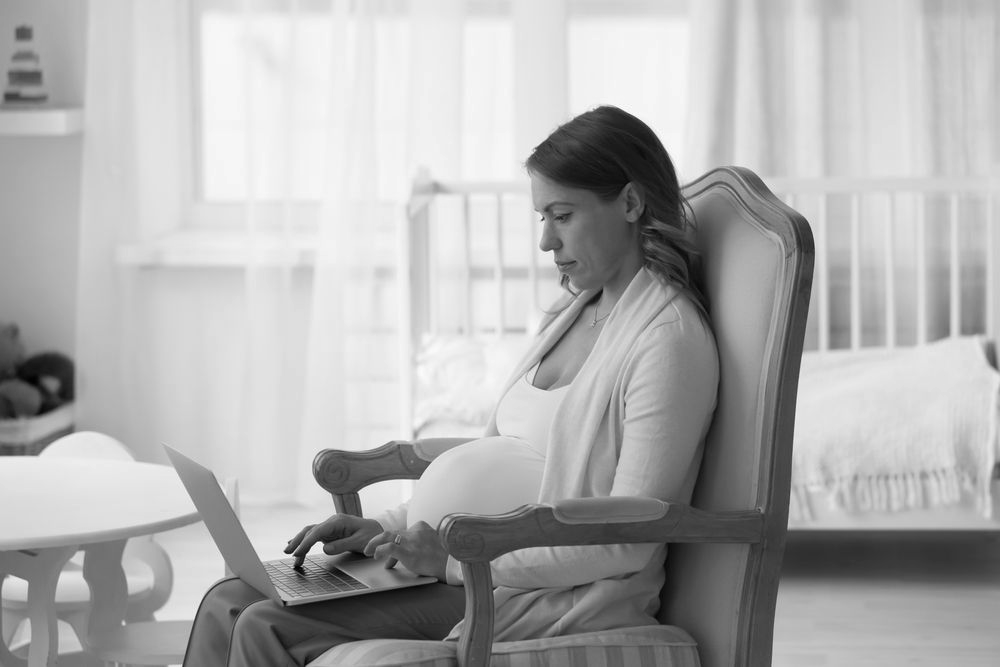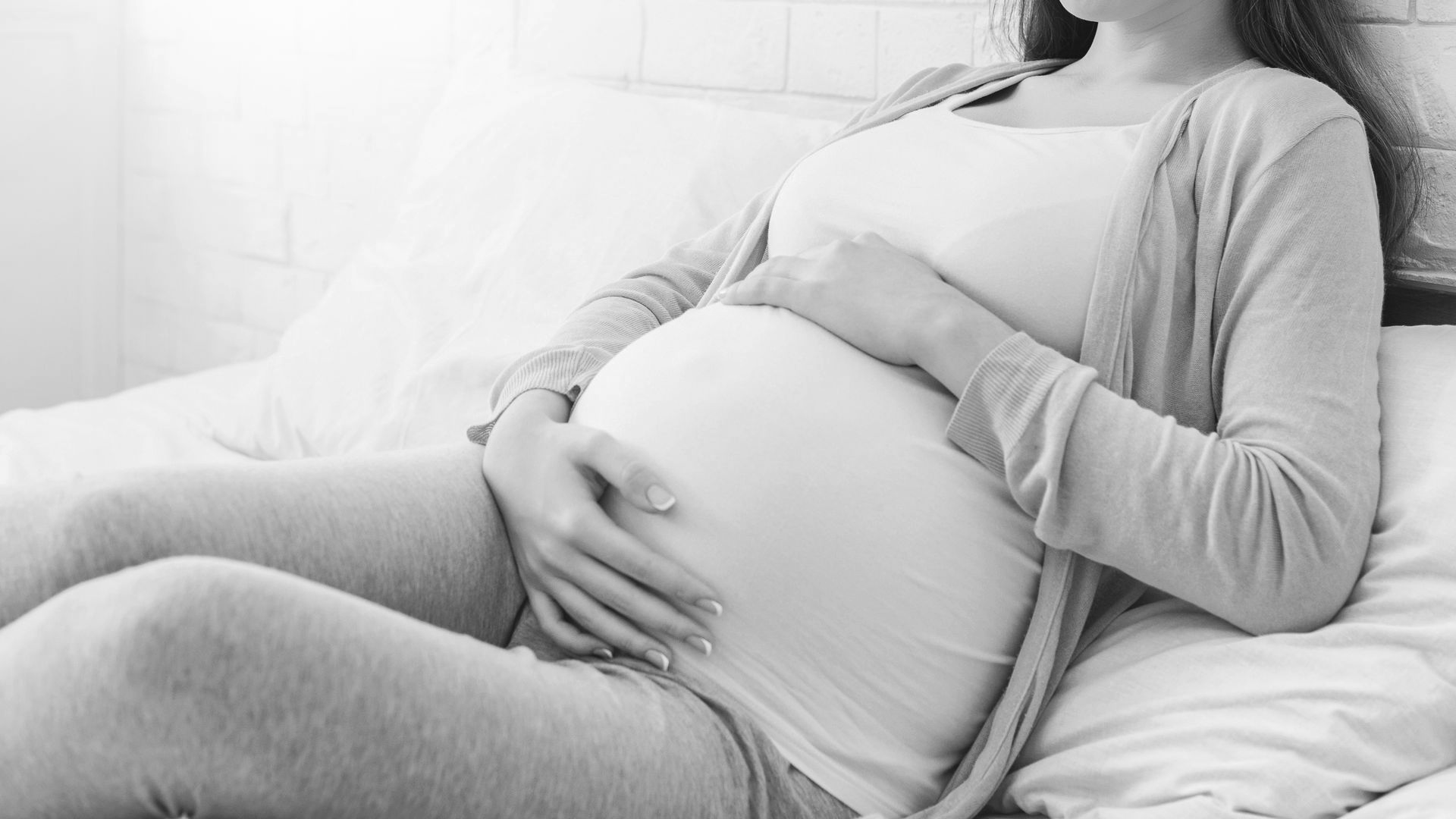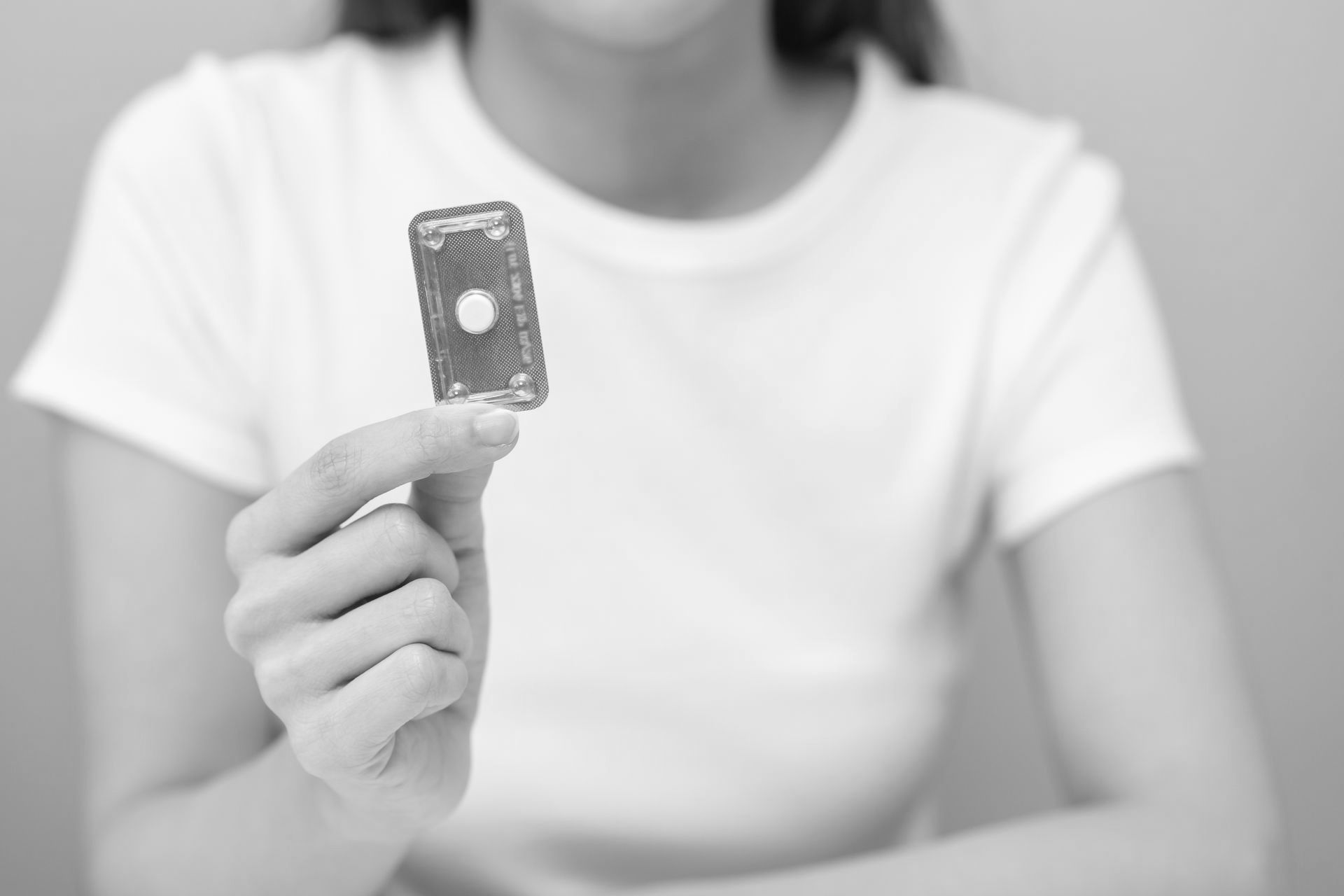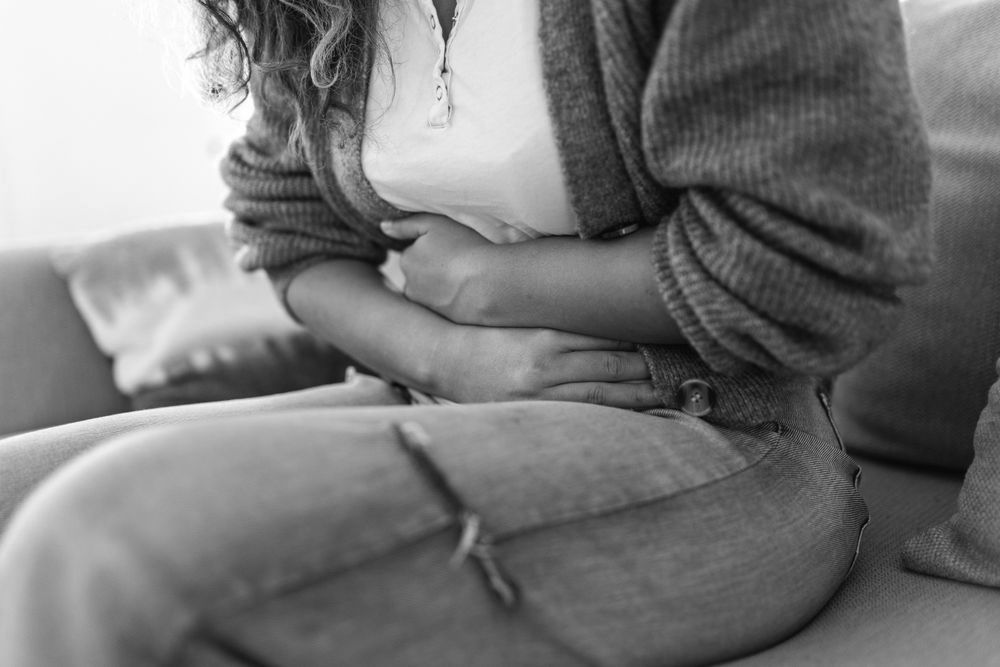Your Reproductive Health Checklist
Share this Article:

It is no surprise that women have unique health needs, and they change throughout their lives as their bodies adapt to puberty, menstruation, pregnancy, and menopause.
As a woman, how can you stay healthy and protect your reproductive health? And why is it important? Read on to find out and discover your reproductive health checklist.
What Is Reproductive Health?
Your reproductive system consists of internal and external structures, including ovaries, fallopian tubes, the uterus, the cervix, and the vagina.
Good reproductive health means that your reproductive system is not only more than free from disease but functioning well. Let’s examine why that is important.
Why Is Your Reproductive Health Important?
Taking care of your reproductive health is important for two main reasons: protecting your overall well-being and protecting your ability to choose if you want to have children in the future.
1. Caring for your reproductive health protects your overall well-being.
Taking care of your reproductive health protects your overall well-being by preventing problems down the road, such as cancer and chronic illnesses that reduce your quality of life.
According to the National Institute of Health (NIH), many health issues only affect women. Additionally, there are other conditions that both men and women get, but they impact women more severely.
Women-only health issues include:
- Cancers such as uterine, cervical, and ovarian cancers
- Gynecological problems such as vaginitis, urinary incontinence, and irregular periods
- Pregnancy-related problems such as miscarriage, premature labor, and ectopic pregnancy
- Infertility issues such as endometriosis, uterine fibroids, scarring from pelvic inflammatory disease (PID)
- Other women’s issues such as bone health and osteoporosis, menopause, and violence against women
2. Caring for your reproductive health protects your ability to choose if you want to have children in the future.
In addition to protecting your overall well-being, caring for your reproductive health also can preserve your fertility and give you the freedom to choose whether you want to have children in the future or not.
For example, it is common for women to dismiss the Centers for Disease Control and Prevention (CDC) guidelines for sexually transmitted infection (STI) testing because women typically don’t experience symptoms with the most common STIs. But an undiagnosed and untreated STI is a common cause of infertility, so testing is crucial – whether you have symptoms or not.
Your Reproductive Health Checklist
What can you do to take care of your reproductive health and protect your overall well-being and future fertility? Below is your reproductive health checklist to help you detect reproductive problems early, in addition to keeping you healthy to prevent reproductive health issues.
1. Regular Visits With Your Gynecologist
Since the average teen gets her first period around age 12, it is ideal for young women to start visits with a gynecologist at about age 13, whether or not they are sexually active.
Women typically have yearly gynecology visits, but you and your doctor can determine the best schedule for you by considering your history and healthcare needs. You can use those visits to discuss all of the remaining checklist tips with your gynecologist and personalize them to you.
2. Eat a Healthy Diet
“Let food be thy medicine, and let medicine be thy food” is a quote attributed to the famous physician, Hippocrates. It is catchy, but it is also true. The foods you put into your body can keep your body healthy, heal your body, or make your body sick.
Leading causes of death in the United States are diseases such as cancer, obesity, diabetes, and heart disease that are all linked to an unhealthy diet, according to research published in the Journal of the American Medical Association (JAMA).
To protect your overall health and well-being, feed yourself a balanced diet rich in foods that nourish your body and your brain, including lots of fresh vegetables and fruit with those important prenatal vitamins.
3. Exercise
Exercise can provide your sense of wellness by reducing stress and giving you energy. Incorporate exercise into your life as soon as you can. Just getting a few minutes of daily exercise can provide tremendous health benefits for women, including:
- Improved bone health
- Improved mental health
- Improved weight control
- Improved sleep
4. Pap Testing
A Pap test screens for cervical cancer and precancerous changes on the cervix that can become cancer.
The CDC recommends that you have your first Pap test at age 21. During your 20s, they recommend a Pap test every three years.
From ages 20-65, the CDC recommends Pap tests every three years unless there are cervical changes that require more frequent testing. After age 65, your doctor may tell you that you no longer need Pap tests.
5. Human Papillomavirus (HPV) Testing
HPV is a virus that can cause cervical changes, which lead to cervical cancer. HPV testing detects the virus putting you at risk. Your doctor usually starts HPV testing in your 30s.
6. STI Testing
As we discussed above, STI testing is crucial because you probably will not have symptoms. If you are younger than age 25 and sexually active, you need to be tested for gonorrhea and chlamydia every year.
If you are age 25 or older, you should be tested for gonorrhea and chlamydia yearly if you have risk factors such as new or multiple sex partners or a sex partner who has an STD.
7. Practice Safer Sex
According to Johns Hopkins, safer sex is having sex in a committed relationship with only one partner who only has sex with you when neither of you has an STI.
There are STIs that cannot be cured, which cause lifelong consequences leading to infertility, chronic pain, and death.
8. Screenings After Age 40
Once you turn 40, other screenings are added to your reproductive health checklist, including mammograms, colon cancer screenings, and bone density scans.
Think You Might Be Pregnant?
An unexpected pregnancy is also part of reproductive health. If you think you might be pregnant, Willow Womens Center provides no-cost services by compassionate licensed healthcare professionals. Contact us today by calling 608-312-2025 or reach out online for your confidential appointment.
Connect with Us:


